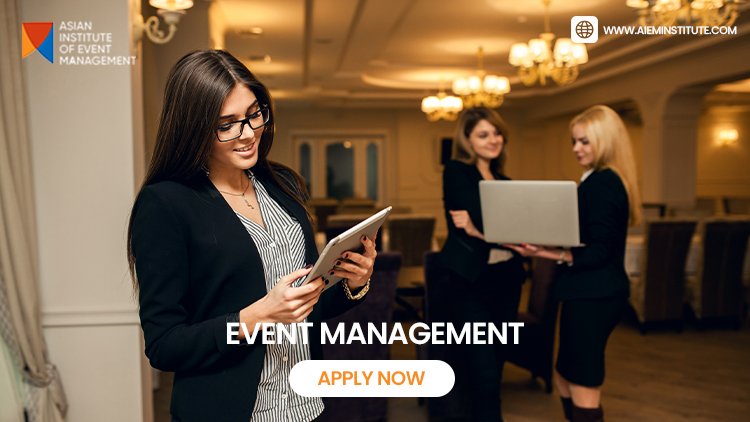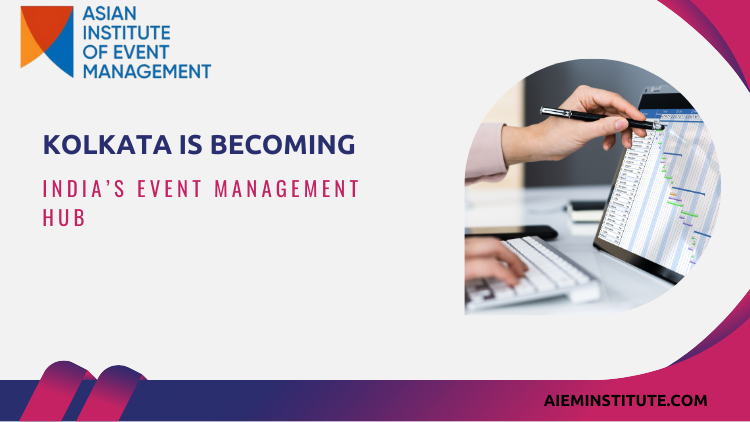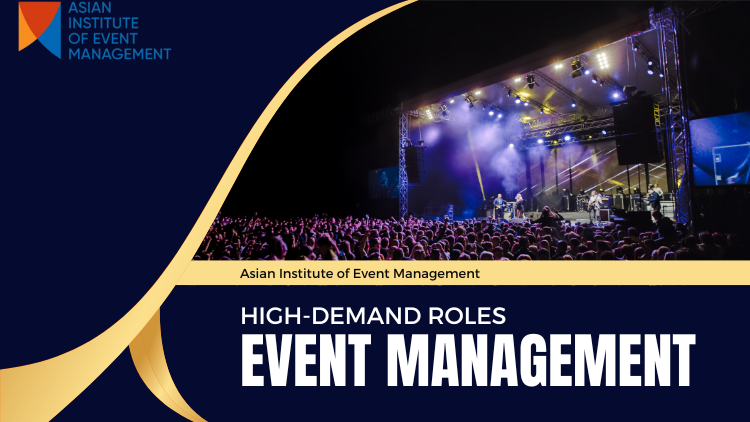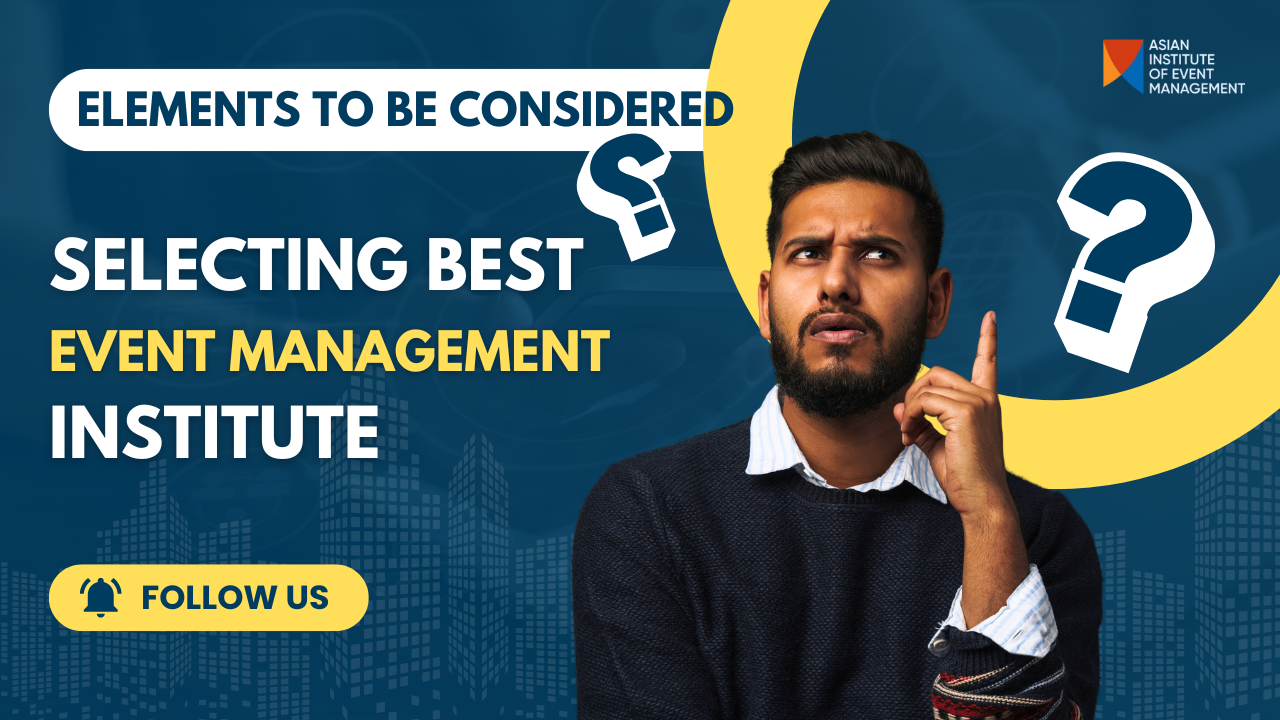
Accessibility In Events: Creating Inclusive Experiences
August 8, 2024
Accessibility in events is non-negotiable. Every day, countless people miss out due to overlooked obstacles that could easily be addressed.
As an event organizer, you have the power to change this exclusion.
Building truly inclusive events goes beyond compliance. It ensures every single attendee can fully participate.
Let's look at how to make your events genuinely accessible, opening doors for all.
Physical Accessibility
Venue selection lays the foundation for an accessible event. Seek out spaces with ramps, elevators, and wide doorways to accommodate varying mobility needs—wheelchairs, walkers, scooters, and more.
Additionally, ensure ample room for navigation between tables, booths, or activity stations.
Don't forget accessible restrooms. Carefully consider the placement of food, beverages—can attendees with limited mobility easily serve themselves? Can someone in a wheelchair comfortably reach? Keen attention to these details cultivates an inclusive atmosphere.
Visual Accommodations
For visually impaired guests, effective signage is key. Incorporate large, high-contrast text and Braille when possible.
Provide materials in alternative formats—large print or digital versions compatible with screen readers.
If displaying videos or presentations, include audio descriptions to narrate visual components—ensuring those with limited vision don’t miss critical information.
Consider lighting needs too. Overly bright rooms cause discomfort for some, while too dim makes seeing difficult for others with partial vision.
Auditory Considerations
Provide ASL interpreters to aid deaf or hard-of-hearing attendees. If budget allows, real-time captioning can also help many guests beyond just those with hearing issues.
Have pen and paper handy for one-on-one interactions. Ensure speakers use microphones appropriately for clear audio—critical for hearing aids and lip readers.
In networking areas, create quiet zones for easier communication between attendees with hearing difficulties while also providing a respite space for those with sensory sensitivities.
Cognitive Accessibility
For cognitive disabilities, straightforward communication is essential. Use simple language in materials and presentations.
Provide easy-to-follow schedules, perhaps with visual cues.
A quiet room can be a sanctuary for those feeling overwhelmed.
Ensure interactive technology includes intuitive design and clear instructions. And remember, patient staff helping attendees navigate comfortably can make all the difference.
Dietary Inclusivity
Don’t overlook food restrictions in accessibility planning. Clearly label ingredients for all menu items to accommodate dietary needs and allergies.
Offer various options like gluten-free, dairy-free, and vegan. Train catering staff on potential allergens and how to clearly communicate to attendees.
Carefully consider food station placement to prevent cross-contamination. These efforts make events more inclusive while also literally saving lives.
Final Thoughts
Accessibility is more than compliance. It involves crafting experiences where every single guest feels valued.
At the Asian Institute of Event Management (AIEM), we integrate these principles into our curriculum, preparing students to create welcoming events.
By building accessibility into all aspects—from venue to staff training—we help students shape a more inclusive future for the industry.
An accessible event is simply a better event. As you advance in your career, carry this mindset of inclusion and awareness. Your efforts will make your events stand out while transforming lives. Together, we can make our industry a center of accessibility, innovation, and humanity.
RECENT POSTS
-

Navigating the Curriculum: Key Modules and Skills in an 11-Month Event Management Diploma
March 21, 2025
-

Maximizing Career Opportunities with an 11-Month Diploma in Event Management
February 20, 2025
-

Why Kolkata is Becoming India’s Event Management Hub
February 17, 2025
-

Top 5 High-Demand Roles in Event Management
February 12, 2025
-

What Elements Should Be Considered When Selecting the Best Event Management Institute?
January 6, 2025